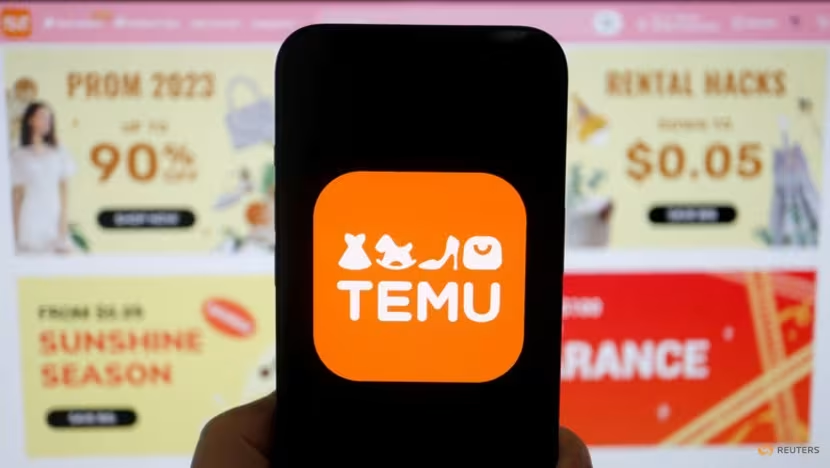As Indonesia’s first unicorn to be listed on IDX, Bukalapak had stirred up a lot of excitement for its public listing. Within the first hour of its IPO debut, its share price shot up by almost 25%, hitting the upper limit of 1,060 rupiah.
Although its stock (BUKA) initially rose to as high as 1,325 rupiah on its second day of trading, it has fallen sharply since, closing the day at 1,150 rupiah.
Compared to other companies, Bukalapak’s stocks are much more accessible to Indonesian retail investors because:
- At a price of around 1,100 rupiah (0.076 USD), Bukalapak’s shares are affordable to most Indonesians
- Its stocks are listed on IDX– with online brokerages such as Ajaib, which requires no minimum investment to trade on this stock exchange, the barriers to investment are further lowered
Since retail investors are usually inexperienced, focused on short term gains, and more easily spooked by losses, the accessibility of Bukalapak’s stocks meant that it would be further boosted by investor hype– but also further punished by investor flight.
In fact, from what our friends in Indonesia have shared, their social media feed have been bombarded with such stories since Bukalapak’s share price fell:

Investors have also taken to the app store to vent their frustrations at Bukalapak’s share price fall, with many leaving one-star reviews of the app.

In the past two days, more and more retail investors seem to have sold their shares. Its share price, which had fallen to 1,035 Indonesian rupiah by its third day of trading, fell even further to 965 Indonesian rupiah on 12th August.
As of 3:00 p.m. (GMT+7), its share price had risen slightly to the 980 Indonesian rupiah level .

Ultimately, despite these fluctuations in its share price, Bukalapak’s IPO has not changed the market dynamics in Indonesia. Bukalapak still remains the 4th biggest player in Indonesia’s ecommerce marketplace, with its market share of 7% lagging far behind Shopee and Tokopedia.

Bukalapak does have a moat that it can fall back upon. As its business targets warungs, it has a unique seller base, with only around 15 to 20% of its customers overlapping with Shopee and Tokopedia.

However, based on Google search trends, the public’s interest in Bukalapak also appears to have waned in recent years.

Furthermore, as Bukalapak has built its market share by targeting the areas outside Tier 1 cities, it would be harder for them to defend when bigger players such as Shopee enter this market.
Already, Bukalapak’s rivals have taken steps to challenge its foothold on the market. While Shopee’s parent company SEA Group has seen its market cap grow to more than US$155 billion, Tokopedia has recently completed its merger with Gojek (GoTo). Both will have more resources to put in the fight.
In our Blooming Ecommerce in Indonesia report, we discuss in greater detail about the position of Bukalapak and its competitors in the competitive landscape of ecommerce in Indonesia. You can access the report here.
How Bukalapak plans to use the $1.5 billion that it has raised from its IPO is, therefore, what we may want to keep our eyes out for. If these funds are properly invested, Bukalapak might just be able to reverse its defensive position.
—
Thanks for reading The Low Down (TLD), the blog by the team at Momentum Works. Got a different perspective or have a burning opinion to share? Let us know at [email protected].








![[Press Release] Southeast Asia’s food delivery spend reached US$17.1B with Vietnam achieving the highest growth](https://i0.wp.com/thelowdown.momentum.asia/wp-content/uploads/2024/01/Food-delivery-platforms-in-Southeast-Asia-2024-_MW_Jan-2024-2.jpg?resize=218%2C150&ssl=1)


![[New Report] Food delivery platforms in Southeast Asia (SEA) 4.0](https://i0.wp.com/thelowdown.momentum.asia/wp-content/uploads/2024/01/Food-delivery-platforms-in-Southeast-Asia-2024-_MW_Jan-2024-2.jpg?resize=100%2C70&ssl=1)
![[New report] Southeast Asia spends US$3.4 billion on modern coffee in 2023](https://i0.wp.com/thelowdown.momentum.asia/wp-content/uploads/2023/11/Coffee-in-Southeast-Asia_MW_Nov-2023-1.png?resize=100%2C70&ssl=1)
![[New report] Apples to Apples 3.0: Benchmarking major tech platforms – what’s next after achieving profitability?](https://i0.wp.com/thelowdown.momentum.asia/wp-content/uploads/2023/09/Apples-to-Apples-3.0_benchmarking-major-tech-platforms_whats-next-after-profitability_MW_Sept-2023-7.jpg?resize=100%2C70&ssl=1)






